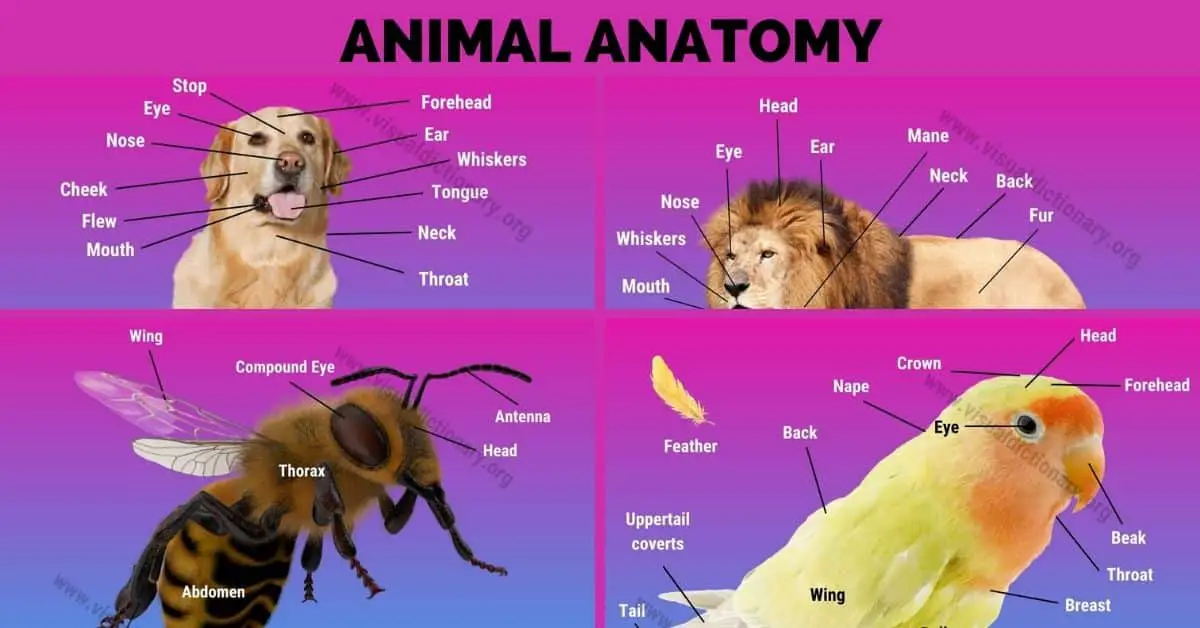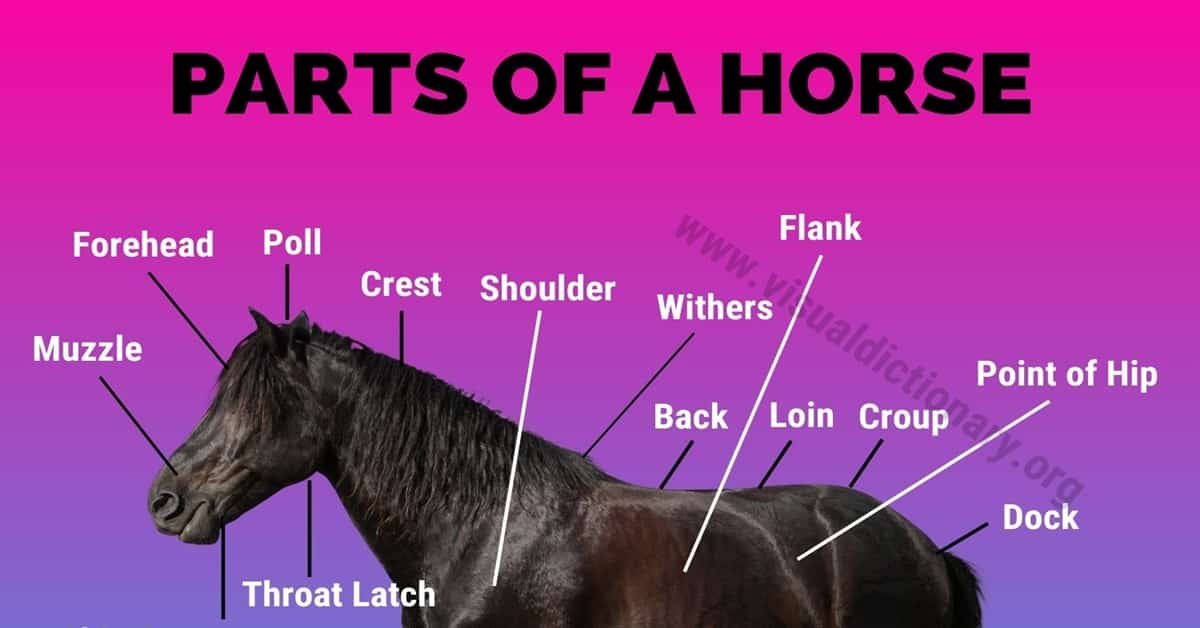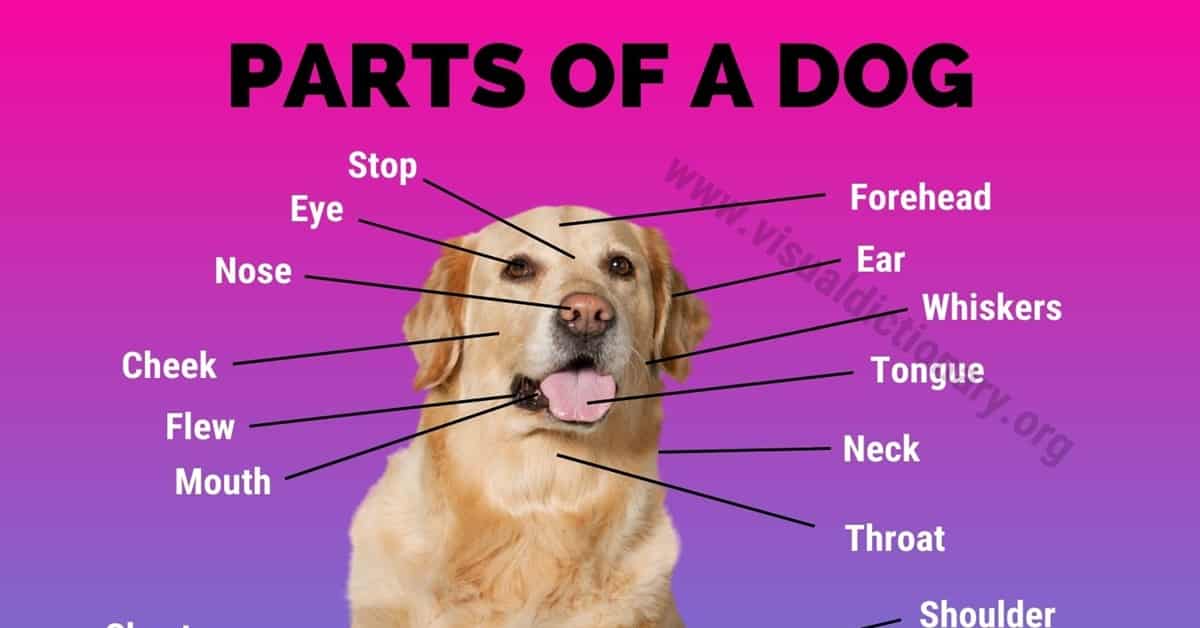Welcome to our article about the parts of a goat! Goats are unique animals that have been domesticated for thousands of years. They are known for their milk, meat, and even their fiber. Whether you are a goat farmer, a veterinarian, or simply curious about these fascinating creatures, it is important to understand the different parts of a goat’s anatomy.
In this article, we will explore the external and internal anatomical features of a goat, including its skeletal structure, muscles, organs, and more. We will also discuss the different functions of each body part and how they contribute to the overall health and well-being of the goat. By the end of this article, you will have a better understanding of the different parts of a goat and their importance. So, let’s dive in and learn more about these amazing animals!
Table of Contents
What Is a Goat?
Goats are domesticated mammals that belong to the Bovidae family and are closely related to sheep. They are raised for their milk, meat, and wool. Goats are social animals and are often kept in herds.
There are over 300 distinct breeds of goats, and they come in a variety of sizes and colors. Some of the most common breeds include the Boer, Nubian, Alpine, and LaMancha.
Goats are known for their curious and playful nature. They are intelligent animals that can learn to recognize their own names and even some basic commands. They are also excellent climbers and can scale steep cliffs and trees with ease.
In terms of diet, goats are herbivores and primarily feed on grass, leaves, and other vegetation. They have a unique digestive system that allows them to extract nutrients from tough plant material through a process called rumination.
Parts of a Goat
Goats are fascinating animals that have been domesticated for thousands of years. They are used for their milk, meat, and fiber, and they are also kept as pets. Understanding the different parts of a goat is important for anyone who wants to work with these animals.
Head and Neck
The head and neck of a goat are important for many reasons. The neck is used in many traditional Middle Eastern and Mediterranean recipes. The head is also used for meat and is considered a delicacy in some cultures. Here are some of the parts of the head and neck:
- Poll
- Forehead
- Bridge of nose
- Nostril
- Muzzle
- Jaw
- Throat
- Dewlap
- Ear
Legs and Feet
The legs and feet of a goat are also important. They allow the goat to move around and graze. Here are some of the parts of the legs and feet:
- Knee
- Toe
- Sole
- Heel
- Dewclaw
- Hoof
- Pastern
- Hock
Body
The body of a goat is where all the important organs are located. Here are some of the parts of the body:
- Barrel
- Heart girth
- Brisket
- Elbow
- Chest floor
- Flank
- Stifle
- Thigh
- Twist
Skeletal Structure
The skeletal structure of a goat is made up of several parts. Understanding the skeletal structure is important for anyone who wants to work with goats. Here are some of the parts of the skeletal structure:
- Vertebral column
- Ribs
- Skull
- Limbs
- Joints
In conclusion, understanding the different parts of a goat is important for anyone who wants to work with these animals. The head and neck, legs and feet, body, and skeletal structure are all important parts of a goat.
External Goat Anatomy
Body
The body of a goat is made up of several parts, including the neck, shoulders, back, and rump. The neck is relatively long and flexible, allowing the goat to reach up and grab leaves and branches from trees. The shoulders and back are broad and muscular, providing the goat with the strength it needs to climb and jump. The rump is rounded and muscular, providing the goat with the power it needs to run and escape from predators.
Head
The head of a goat is one of its most distinctive features. It is relatively small and narrow, with a long snout and two pointed ears. The eyes are large and expressive, and the goat has a keen sense of smell, which it uses to locate food and detect danger. The mouth is filled with sharp teeth, which the goat uses to chew and grind its food.
Legs
The legs of a goat are strong and muscular, with two toes on each foot. The front legs are slightly shorter than the back legs, giving the goat a distinctive gait when it walks or runs. The hooves are hard and durable, allowing the goat to climb and jump on a variety of surfaces.
Tail
The tail of a goat is relatively short and thin, with a tuft of hair at the end. It is used for balance and communication, with the goat wagging its tail to signal its mood or intentions. The tail is also used to swat away flies and other insects that might bother the goat.
Parts of a Goat | List
- Back
- Brisket
- Dewclaw
- Ear
- Elbow
- Eye
- Flank
- Foreleg
- Front cannon
- Heel
- Hip
- Hock
- Hoof
- Horn
- Jaw
- Knee
- Muzzle
- Neck
- Nostril
- Pastern
- Rear cannon
- Rump
- Shoulder
- Stifle
- Tail
- Teat
- Thigh
- Throat
- Udder
- Withers
Frequently Asked Questions
What are the internal body parts of a goat?
The internal body parts of a goat include the heart, lungs, liver, stomach, intestines, kidneys, and bladder. These organs work together to help the goat digest food, filter waste, and circulate blood throughout the body.
What are the external body parts of a goat?
The external body parts of a goat include the ears, eyes, nose, mouth, hooves, tail, and udder (in females). These body parts help the goat navigate its environment, communicate with other goats, and move around.
What is the function of the internal parts of a goat?
The internal parts of a goat are responsible for keeping the goat healthy and functioning properly. The heart pumps blood throughout the body, the lungs help the goat breathe, the liver filters toxins from the blood, and the stomach and intestines digest food.
What is the function of the external parts of a goat?
The external parts of a goat help the goat interact with its environment and other goats. The ears, eyes, and nose help the goat sense its surroundings, the mouth helps the goat eat and communicate, and the hooves and tail help the goat move around.
What are the 10 parts of a goat?
The 10 parts of a goat are the head, neck, shoulders, chest, back, loins, rump, hindquarters, legs, and feet. These parts make up the goat’s body and help it move around and perform various tasks.
What is the muzzle body part of a goat?
The muzzle is the part of the goat’s face that includes the nose and mouth. It is used for eating, drinking, and communicating with other goats.
Related terms:







